[TIG] - Comparison of tungsten electrode sharpeners
Here's a comparison of the leading TIG tungsten electrode grinding machines on the market.
![[TIG] - Comparison of tungsten electrode sharpeners [TIG] - Comparison of tungsten electrode sharpeners](/img/deotemplate/blog/1/blog/341/341_large.webp)
The purchase of a tungsten sharpening machine is a choice that TIG welders often make, despite the high price tag, primarily for the sake of sharpening quality, but also to achieve a certain consistency in the result, which must be reproducible. Let's take a look at some of the most common products on the market, which are still transportable for the itinerant welder.
1) The holy grinder
Many amateur or professional welders are content with this system, either by choice or by obligation. This can be a perfectly acceptable solution, but it must be recognized that without a jig, it will be difficult to obtain an accurate angle of 15°, 30°...
To avoid the formation of flat spots, the solution is often to rotate the electrode in a screwdriver, while the tip rubs against an abrasive flap or diamond disc. The only thing to bear in mind is that striations on tungsten must not be circular, but longitudinal (see this article).
2) Entry-level sharpeners
The Litty Power Pointer and the Stahlwerk WS-20 M are twins, so to speak, even if a few features separate them. The former is equipped with a Proxxon straight grinder body, the reliability of which no longer needs to be proven, while the latter is not specified. But there are strong similarities, which could suggest that Proxxon may be manufacturing it under a white label with a lighter specification (for example, the top of the body is no longer made of aluminum, but of plastic).
I'd like to take this opportunity to point out that all portable grinders are based on a straight grinder body onto which a dedicated grinder head has been grafted. In the USA, you can still find a variant with a Milwaukee body based on an electroportable grinder.
| Litty Power Pointer | Stahlwerk WS-20 M |
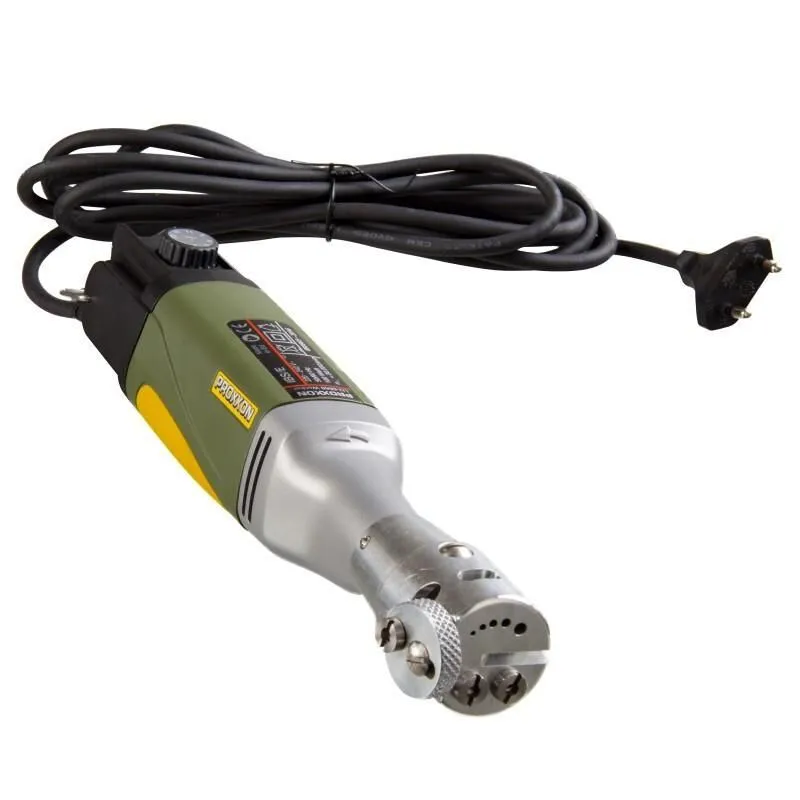 |
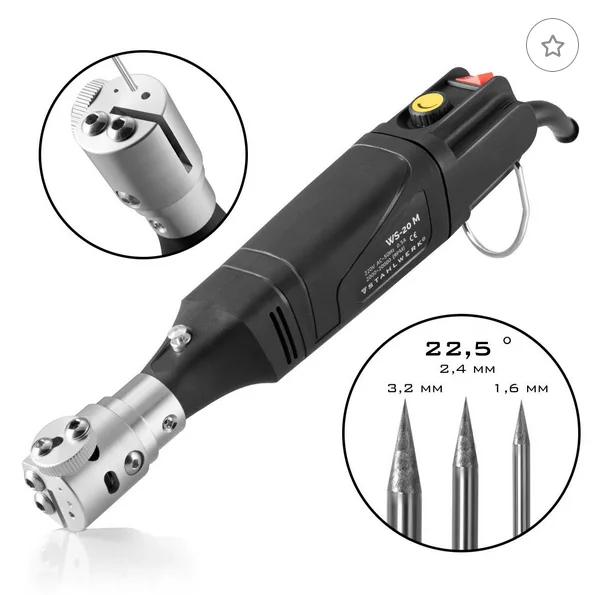 |
Let's take a look at the default features and available accessories:
| Litty Power Pointer | Stahlwerk WS-20 M | |
| Electrode diameters supported by default | 1.6 / 2.4 / 3.2 mm | 1.6 / 2.4 / 3.2 mm |
| Optional | n/a | n/a |
| Grinding angles default | 30° | 22.5° |
| Optional | 15 to 45° | 15 to 45° |
| Flattening | Yes | Yes |
| Cutting of electrode tip | Yes | Yes |
| Price range | 350 to 650 eur | 150 to 230 eur |
| Optional accessories | grinding wheel, collet, angle adapter | grinding wheel, collet, angle adapter |
| Additional angle kit | ~120 eur |
In the light of this information, Stahlwerk's choice of an angle of 22.5°, less common than the 30°, is already surprising. As for Litty, it's important to understand that the kit sold separately to extend the range of angles available does not allow you to choose the precise angle. The electrode is inserted into a kind of ball which, once locked by a nut, locks the angle. You'll need several tries to find a precise angle.
On the other hand, having used the Litty several times, there's too much play for my taste in the guide (the screw on the top of the head) which allows you to stabilize the electrode during sharpening. If you need extremely sharp tungsten, it's going to be complicated to get it. I had opted for an alternative solution by making my own guide with acceptable tolerances. I don't know if the problem has since been corrected, but I'd prefer to share my feedback on the subject.
On the positive side, being able to cut off the contaminated tip directly on the grinder is a big plus (it avoids having to use another grinder), as is the possibility of creating a flat. It's not uncommon for metal spatter to increase the diameter of the electrode, preventing you from lowering it into the grinder.
In conclusion, the Litty is expensive even in its bare state, given the possibilities it offers, and if you add the extra angle kit, you'll reach the price of the higher-end sharpeners that follow. As for the Stahlwerk WS-20 M, in my opinion it's the only one that's really affordable for entry-level machines.
3) Inelco Neutrix
The Neutrix is undoubtedly one of the sharpeners whose design has undergone the most work, and the quality of the overall package reflects this. Still based on the body of a grinder, its sharpening head is unlike any other, and offers numerous default options:
| Inelco Neutrix | |
| Electrode diameters supported by default | 1.6 / 2.4 / 3.2 mm |
| Optional | 0.8mm to 4mm |
| Default sharpening angles | 15 to 180° |
| Optional | n/a |
| Flattening | No |
| Cutting of electrode tip | No |
| Price range | 800 to 1100 eur |
| Optional accessories | Collets for all electrodes Ø 0.8 - 4.0 mm or extra-short electrodes, fixing modules |
| Additional cost of collet kit for Ø1.0, 1.6, 2.0, 2.4, 3.2, 4.0 mm | ~144 eur |
Unlike other models, the Neutrix won't work if you don't use the electrode holder, into which you insert the brass clamp for the diameter of your electrode, then push the whole assembly into the grinder head. Having used it on a regular basis, I'm afraid it's these brass clamps that will quickly cause problems if users aren't very careful with their equipment. As tungsten is very hard, brass will quickly be abraded if the user exerts too much force on the electrode holder when sharpening. The result is an electrode that constantly slips during sharpening. If you choose this model, you'll need to be very careful with your equipment.
 |
Clamps used with the electrode holder |
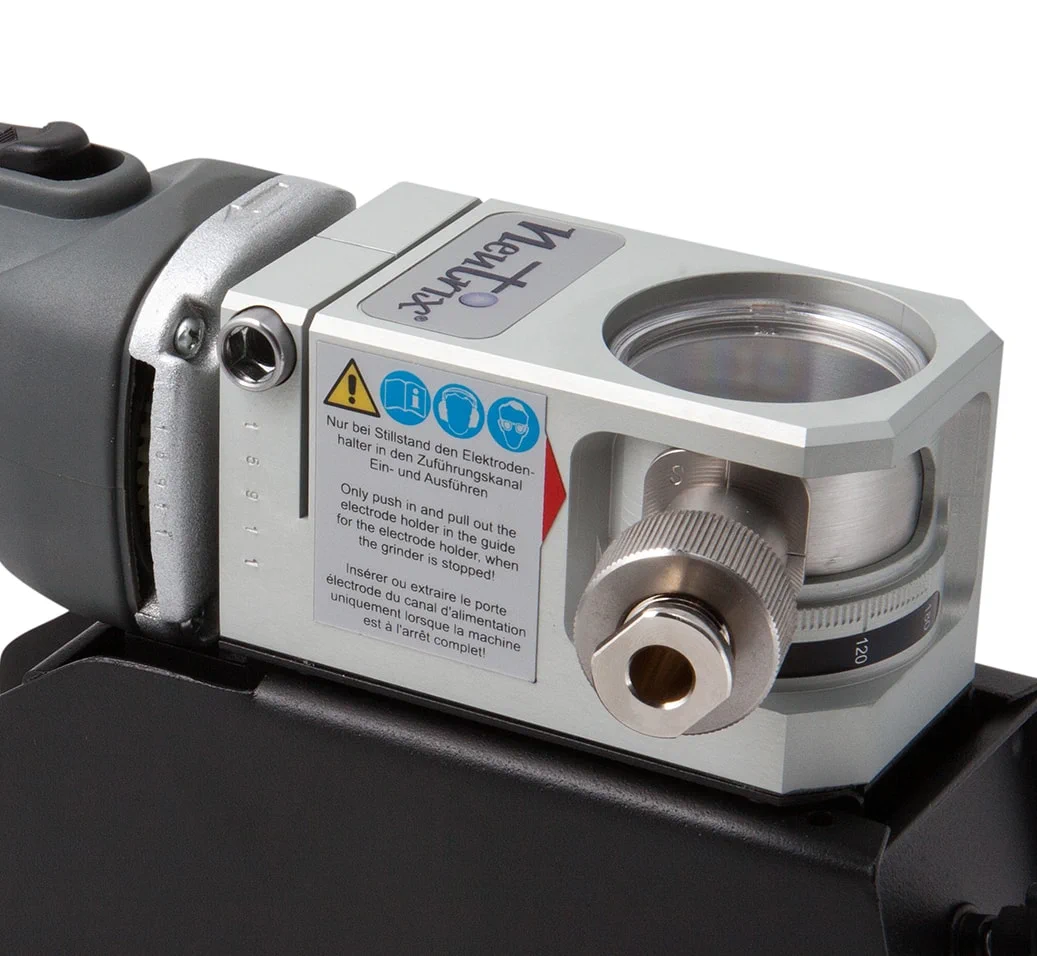 |
 |
| Insertion system on the head | The electrode holder must be inserted into this hole and brought to a stop to adjust the length. |
As for the rest, there's nothing to reproach it for: for an affordable price, you get excellent-quality equipment, and the unit even features a filter to block dust at the outlet. The range of angles available is consequent and they are easy to locate, the clamps supplied by default cover the 3 most common sizes, and the insertion system even allows the introduction of an electrode contaminated by a large drop of metal.
It is also possible to change the position of the electrode on the diamond disc, so as to use different portions of the disc. This is a major advantage when it comes to optimizing the use of the latter, as these are fairly expensive consumables.
4) Orbitalum ESG Plus
At first sight rather rustic, this model demonstrates an ingenious design that concentrates numerous functions in a very small space. The cylinder of its head is divided into 4 quarters, each representing a specific angle. Each section is further subdivided into as many electrode diameters as are available on the market. It's simple but devilishly effective: whatever the electrode diameter or angle chosen, everything is accessible without tools!
| Orbitalum ESG Plus | |
| Electrode diameters supported by default | 1.0 / 1.6 / 2.0 / 2.4 / 3.2 / 4.0 mm |
| Optional | n/a |
| Default sharpening angles | 15° / 18° / 22,5° / 30° or 15° / 30° / 45° / 60° |
| Optional | idem |
| Flattening | Yes |
| Cutting of electrode tip | Yes |
| Price range | 800 to 1200 eur |
| Optional accessories | 2nd sharpening head, holder, dust cover |
| Extra cost for double head kit | ~400 eur |
There's no need to use an electrode holder, except for very small electrodes, which saves time when sharpening, since all you have to do is insert the tungsten and rotate it.
What's more, it supports all the diameters available on the market, so you won't be restricted in this respect! It's also possible to create flats without the need for accessories, and the same goes for cutting off the electrode (a kit is available only for cutting to identical lengths).
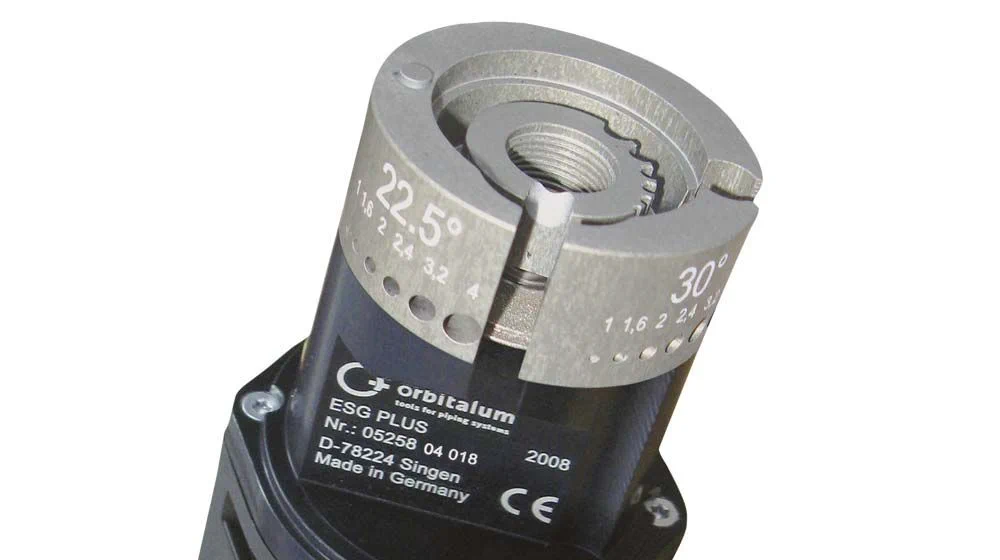 |
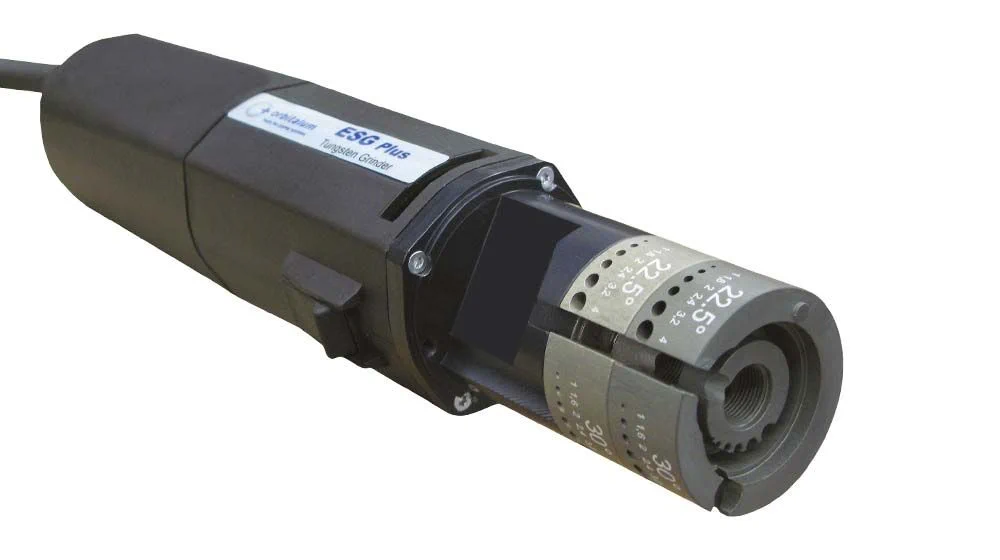 |
The only drawback of all these holes in the machine head is the loss of watertightness, so you'll need to buy an additional kit to make it watertight and evacuate toxic dusts such as thorium.
The ESG is available in 2 versions: with 1 or 2 sharpening heads. In dual mode, the first is designed for coarse sharpening, while the second is for fine sharpening.
 |
 |
ESG thus supplies one of the most complete models on the market, hard to beat in terms of functionality. The brand is best known in the industry for its orbital welding machines, but it's fair to say that it's no slouch in the sharpening market either!
5) Turbo Sharp-X
This sharpener can be found under different brand names (CK, JAS, etc...), but its name and features remain identical each time. The body is always based on a grinder, and the head is made of anodized aluminum.
| Turbo Sharp-X | |
| Electrode diameters supported by default | 1.0 / 1.6 / 2.4 / 3.2 mm |
| Optional | 1.0 / 4.0 / 4.8 / 6.4 mm |
| Default sharpening angles | 20° / 30° / 40° / 60° |
| Optional | idem |
| Flattening | Yes |
| Cutting of electrode tip | No |
| Price range | 700 to 1200 eur |
| Optional accessories | 2nd sharpening head, special short-length electrode holder |
| Additional head | ~200 eur |
Like the ESG, the electrode holder is not required for use, although it is supplied in the kit. You'll also need a holder for a vice, for example, as well as wrenches and a vacuum cleaner attachment. As the head is watertight, only a flap that can be opened to create a flat breaks the seal.
For me, the only negative point of this model lies in the fact that there is no provision for cutting the end of a contaminated electrode. And without a perfectly smooth end, it's impossible to get a tungsten through, given the low machining tolerances (same goes for the ESG).
Apart from this, the quality of the workmanship is very high, with perfect machining of the workpieces, and the grinder is equipped with a variable speed drive. It is also possible to choose between 3 positions to avoid always using the same portion of the diamond disc.
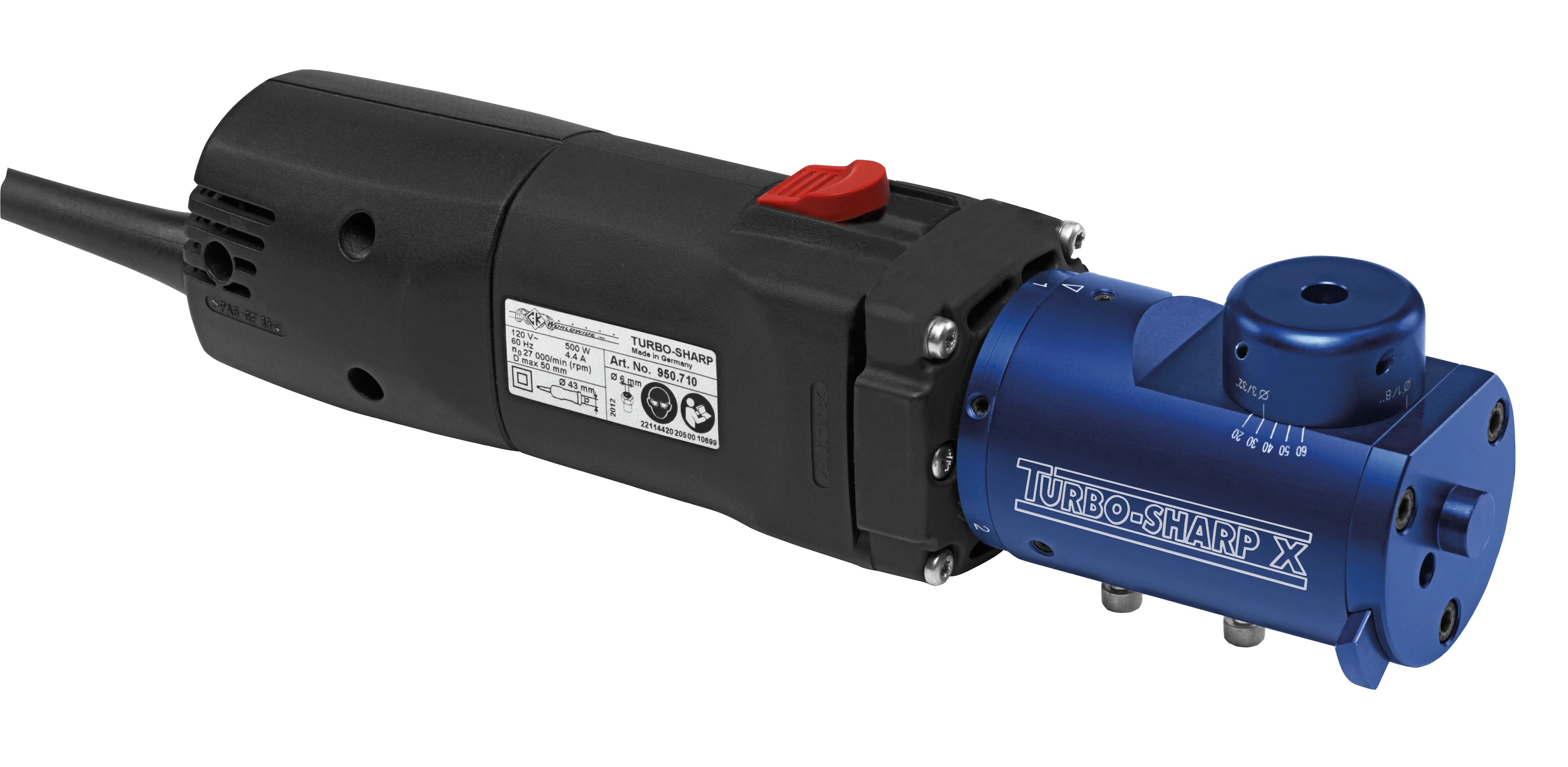 |
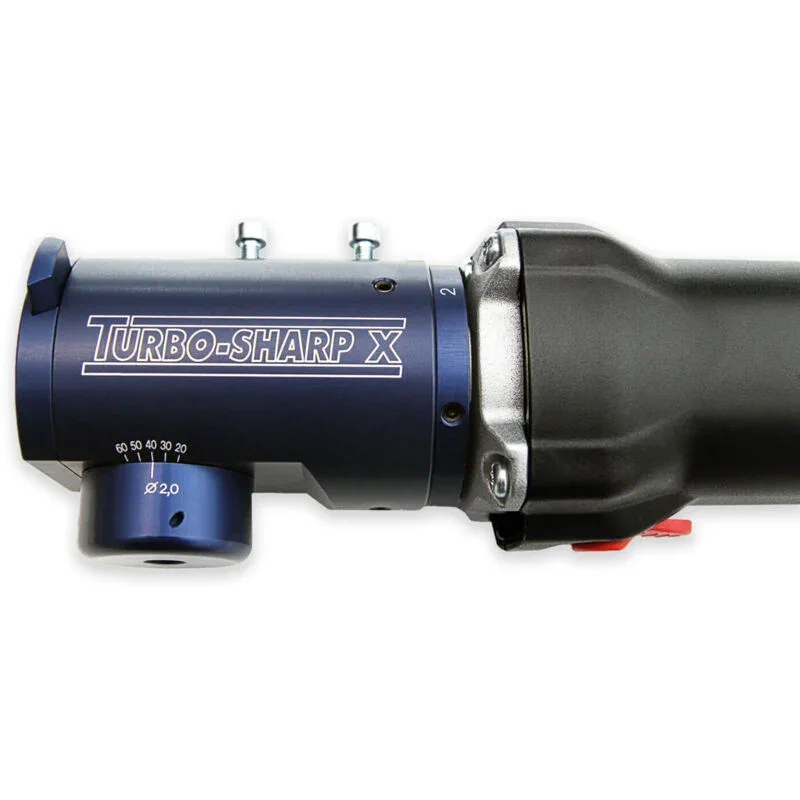 |
6) Conclusion
Finally, in the professional category, if I had to make a choice based on a synthesis of all the advantages and disadvantages of the last 3, I'd go for the Orbitalum ESG Plus and the Turbo Sharp-X. They can be used without an electrode holder, offer a wide variety of angles and diameters, come with a steel case for transport, but are also perfectly suited to stationary use - in short, the best of both worlds. As for the rest, it's up to you to decide which features and evolutionary possibilities you'd like to prioritize in order to narrow down your choice.
![[TIG] - Choosing tungsten electrodes](/img/deotemplate/blog/1/blog/339/339.jpg)
![[TIG] - Comparison of tungsten electrode sharpeners](/img/deotemplate/blog/1/blog/341/341.webp)
![[TIG] - Comparatif d'affûteuses d'électrodes en tungstène](/img/deotemplate/blog/1/blog/340/340.webp)

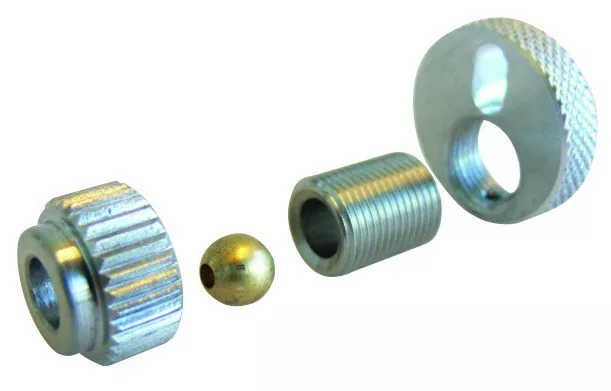
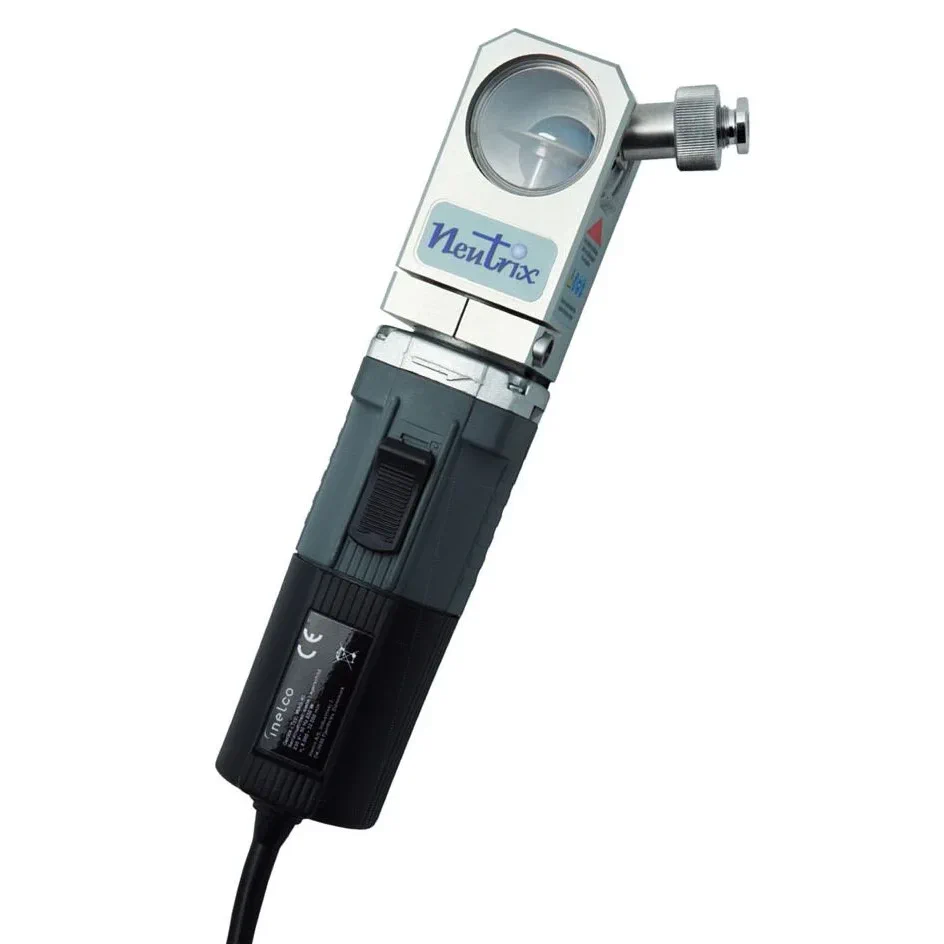
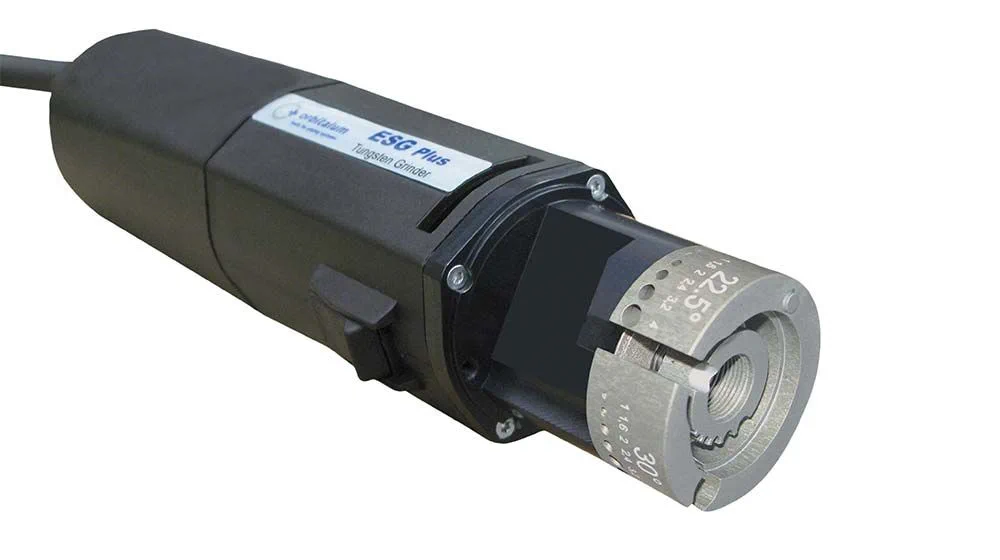
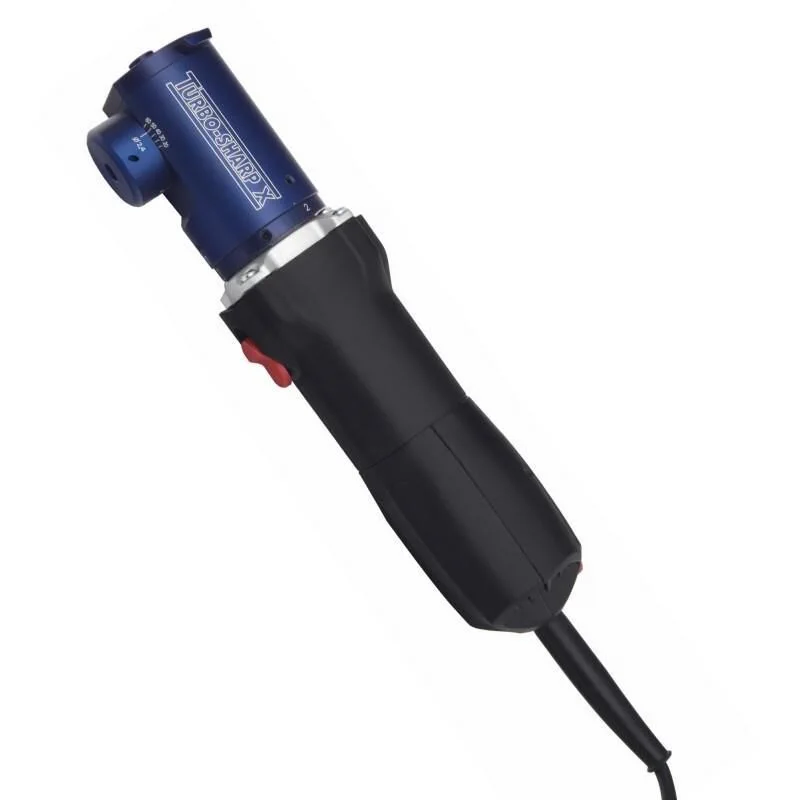
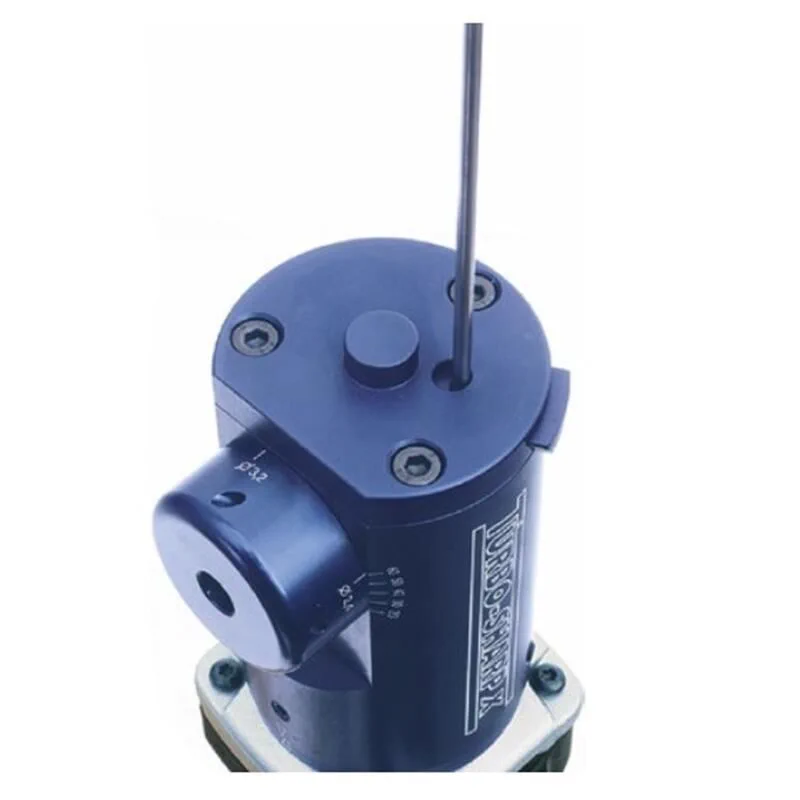
Comments
No comment at this time!
Leave your comment